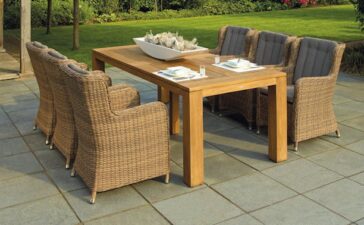The housing market supply in Australia has, of late, comprised a growing population of townhouses to reflect density, cost, and area limitations. Homebuyers, from first-home buyers to those downsizing, prefer townhouses for enhanced value in premium areas. City demographic expansion and the scarcity of land propel the appeal of townhouses over stand-alone homes for numerous metro strips. Developers pursue infilling city sites and outer-suburban land estates with intensive townhouse styles. Technical, social, and environmental inputs have become several of the inputs that define townhouse construction, design, and post-occupancy usage.
Sustainable Construction Becomes a Top Priority
Green building principles, energy compliance, and low-carbon building systems are now prominent in new townhouse construction. Australian homeowners added environmentally friendly practices, mandating rooftop solar, rainwater storage tanks, and green resource use. Designers demand low-VOC products, smart metering, and 6+ star energy-rated appliances to comply with new energy efficiency standards. Builders use passive solar design principles, window placement, air cross flow, and R-value insulation to improve thermal retention. Natural temperature control through reduced HVAC load lowers total energy consumption and grid dependency. Utility records indicate lower annual bills when thermal comfort is achieved without using mechanical heating and cooling systems. Builders Melbourne and other city building firms now integrate NABERS or Green Star targets into townhouse site development. Townhouses increasingly feature smart networks with automation systems, sensors, and remote access devices. Projects now integrate IoT devices such as smart lights, automated blinds, and app-controlled thermostats into the electrical system.

Architectural Design Aesthetics and Innovation
Basic geometry was at the root of what the older town home designs were based but now we see the use of more complex models and material layers to maximise space. In the present day, we see less of the boxy flat shapes and more of a dynamic facade, 3D profiles in cladding and a playfulness in architectural features. Also present are frameless sliders and large-scale windows, which in turn provide for better natural light, which in turn reduces the need for artificial lighting. Today’s builders also design open-plan dining rooms and kitchens that have a connection to the courtyard or first-floor balcony.
Community-Focused Development
Master planning townhouses now includes shared lawns, shared walkways, and activity nodes for children. Non-motorised movements are promoted by green space provisions and increased resident interaction in gated or open communities. Walkability metrics and transit scores now drive site purchases and planning approvals. Developers group homes around pedestrian nodes or park edges to improve liveability factors. Townhouse neighbourhoods around shopping strips, schools, and health centres reduce automobile use and fit mixed-mode transportation. Public planning policies are currently promoting walkable forms and reducing car-based models with permit limitations. Signs of healthy community living are linked with public art areas, multipurpose recreation spaces, and communal garden beds.

Flexibility towards Urban Expansion and Planning Policies
The Australian property market leans toward townhouses over standalone suburban lots. Councils change local overlays to allow for vertical growth and residential lots per unit. Townhouses meet housing gaps without trading off resident density with loss of access outdoors or personal space. Reforms to zoning in the capital cities allow for 3-4 unit lots on blocks formerly used as singles.
The Influence of Changing Lifestyles and Demographics
Home-buying millennials of today are more concerned with location, proximity to services, and price, instead of total internal area. Statistics show smaller formats with reduced inputs in maintenance beat larger houses in popularity among young professionals. Seniors transition from single-family residences to two-bedroom townhouses with less stair climbing and direct street entrance. Multigenerational house plans often include secondary master bedrooms, partitions, and two-entry bathroom facilities. Plans currently accommodate shared residence with privacy from staggered spaces or sound screens.





